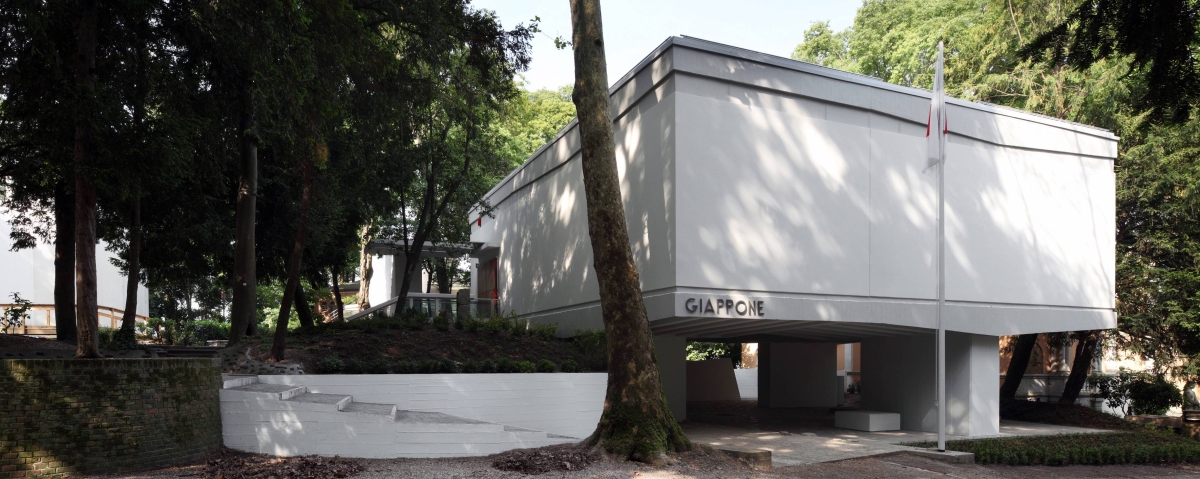
Near the tail end of Venice’s main island, shaped like a fish facing to the left, lie the Giardini (“gardens” in Italian), a park in the Italian city’s Castello district created by Napoleon in the early 19th century. This lush green oasis surrounded by the sea served as the venue for the very first Venice Biennale International Art Exhibition, in 1895.
While many art bienniales and trienniales exist all over the world, the Venetian event is essentially their prototype. As the most historic and significant international art exhibition, the Venice Biennale continues to attract considerable attention, with recent editions counting over 800,000 visitors — from art professionals and political and business leaders, to tourists. This year’s edition, the 60th, is running from April 20 to Nov. 24.
One of the biennale’s key features is its format: Individual countries participate with their own pavilions featuring their artists. At the Giardini, 29 countries, including Japan, have permanent pavilions. Combined with those that rent spaces in the Arsenale complex and other locations around the city, about 90 countries are represented.
